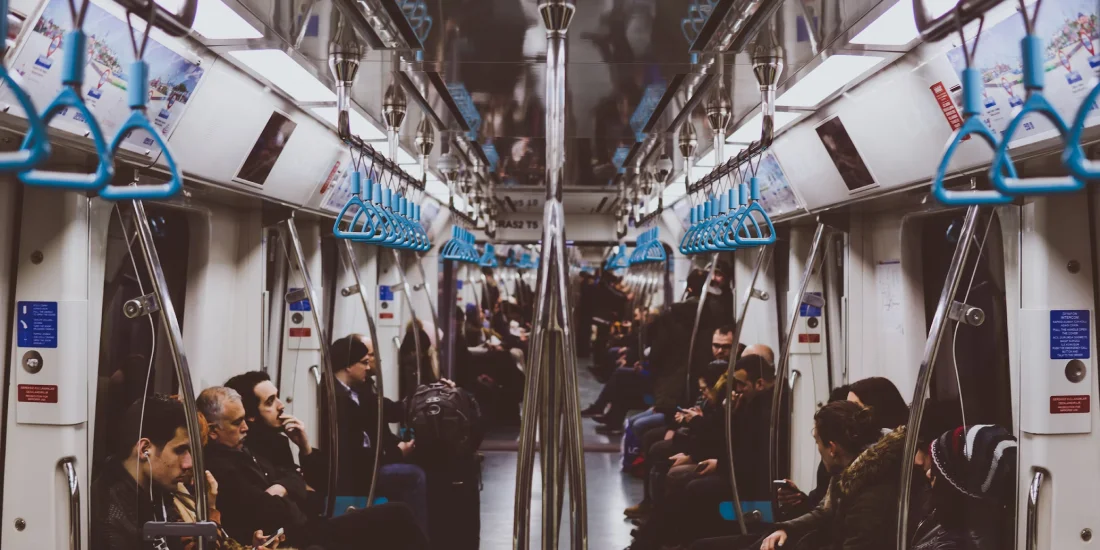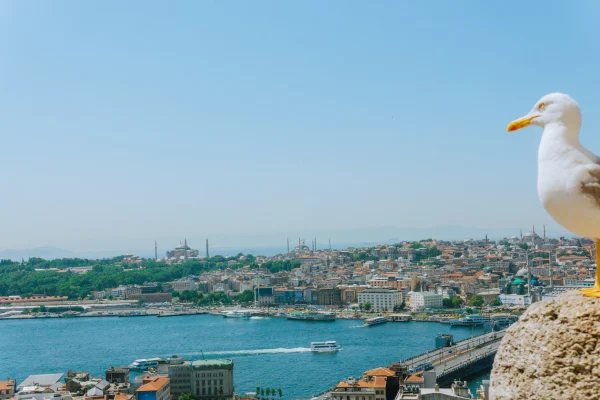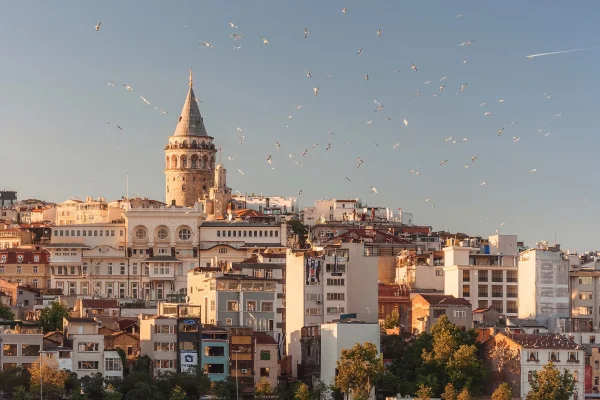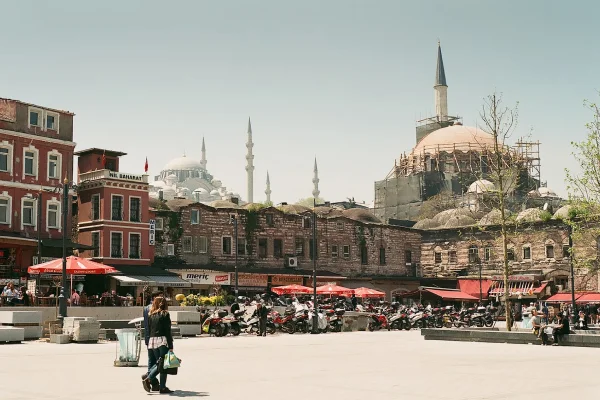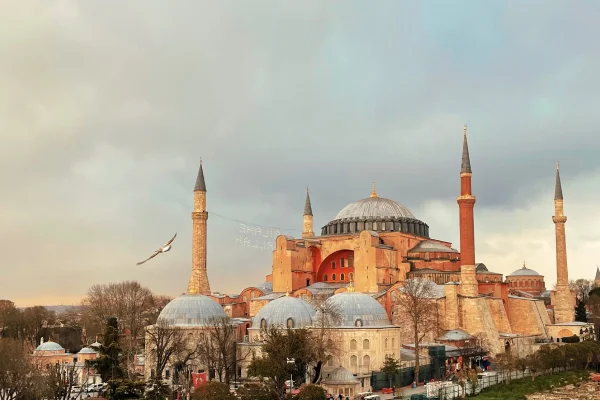Istanbul’s subway system has expanded significantly in recent years, now covering both the European and Asian sides of the city. With multiple lines running through important areas such as Taksim, Levent, and Kadikoy, it helps ease congestion on the roads and provides a seamless experience for commuters and tourists alike. The subway operates daily and is a key element of Istanbul’s public transport network, connecting passengers to major tourist spots, shopping districts, and business centers.
To use the Istanbul subway, passengers need to purchase an Istanbulkart, the city’s universal public transport card. This card can be used across all forms of public transport in the city, including buses, trams, ferries, and the subway. The Istanbulkart is available for purchase and recharge at metro stations, kiosks, and vending machines located throughout the city. Fares are deducted automatically when the card is tapped on the card reader at the turnstiles. A single journey typically costs around 15 TRY (Turkish Lira), with discounted fares for students and seniors.
The Istanbul subway system currently consists of multiple lines, each identified by a unique color and number. Key lines include the M1 (Yenikapı–Atatürk Airport/Kirazlı), M2 (Yenikapı–Hacıosman), M3 (Kirazlı–MetroKent), and M4 (Kadıköy–Tavşantepe) on the Asian side. The Marmaray line is also significant as it connects the European and Asian sides via an underground tunnel beneath the Bosphorus. Subway maps are displayed prominently at all stations, and passengers can also use mobile apps or the city’s official transport website to plan their routes.
The Istanbul subway operates daily, with trains running from approximately 6:00 AM to midnight. During weekdays, trains run every 5 to 10 minutes, with slightly longer intervals during weekends and late nights. During rush hours, the frequency of trains increases to accommodate the large number of passengers traveling to work or school. However, the schedule may vary depending on the specific line and station, so it’s recommended to check the timetable in advance, especially for early morning or late-night trips.
